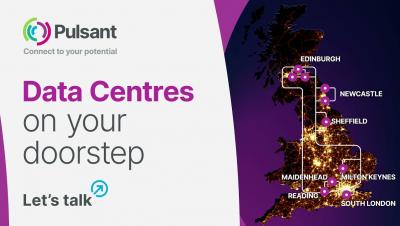Operations | Monitoring | ITSM | DevOps | Cloud
Data Centers
8 Ways to Ensure a Greener Data Center
After becoming increasingly popular in the mid-2000s, cloud computing has revolutionized the data center industry. Aside from providing cost-savings, security, mobility, and scalability benefits, cloud computing was also expected to be more environmentally friendly than other data storing and processing methods. By being highly efficient, cloud operators can reduce the use of electricity and other materials that typically increase a data center’s carbon footprint.
Top 6 Innovations in Data Center Cooling Technology
Cooling systems are one of the most important components of a data center. They often consume about half of all the data center’s total energy and are necessary to maintain a safe operating environment. The American Society of Heating, Refrigerating, and Air Conditioning Engineers (ASHRAE) thermal guidelines recommend that the ideal temperature for server inlets is between 64.4° F and 80.6° F with a relative humidity between 40% and 60%.
What's Your Data Center Energy Cost? [Free Calculator]
Do you know what your power density per rack is? How about what it costs to power each individual rack for a year? Or all your racks combined? The fact is that most data center managers don’t know this information, which can be incredibly valuable when it comes to power capacity planning, energy management, and maximizing the utilization of existing resources. That’s why we created a simple and free tool to make it easy for you to understand your power density and data center energy costs.
Hyperview DCIM 3.3 Software Release
Data Center Skills in High Demand in 2022
As modern data centers grow increasingly complex and distributed, data center technology and infrastructure can become more difficult to manage, and it becomes harder for IT decision-makers to find qualified candidates. According to Uptime Institute, 50% of data center owners and operators are struggling to find qualified candidates. In recent years, the COVID-19 pandemic has accelerated industry trends such as remote data center management, deepening the already severe data center skills gap.
Pulsant Edge
Pulsant Colocation
Top 10 Data Center Management Trends of 2021
What a difference a year makes. Each year, data center, lab, and edge sites become more complex, more distributed, and more difficult to manage. Managers must stay up to date on the latest trends and advancements in data center management best practices and technologies to maintain uptime, increase the efficiency of capacity utilization, and improve the productivity of people.







